ADVERTISEMENT

ADVERTISEMENT
When Patek Philippe launched the ref. 5316/50P in 2023, it instantly became a grail for me. Not so much to buy – no, you probably won't be shocked to hear that at $987,460 (today's price) for a perpetual calendar minute-repeater tourbillon, I'm not a buyer. But the aesthetics, that smoked sapphire dial, were such a radical change from anything Patek had ever done before that I had to see one in person, photograph one, or even hold one and understand it briefly. I texted everyone I know, asked at salons and ADs, and two years later, I still haven't seen it yet. But now I've seen its little brother, the new ref. 6159G, and I can start to interpret what the family is all about. If the ref. 5316/50P is anything like its little sibling—it's one excellent watch.
Sapphire dials aren't completely unheard of for Patek Philippe, though they may be the rarest treatment for the brand. Prior to the launch of the ref. 5316/50P, the most prominent example (frankly, the only one) I can think of is the ref. 5303R and 5304R, a tourbillon minute repeater with a sapphire dial and the only watch Patek makes where the tourbillon is visible from the front.
But the launch of the ref. 5316/50P was different, with a smoked sapphire treatment, the watch maintained an incredibly complex display while being entirely legible. The same is true for the new ref. 6159P, which features the same display of perpetual calendar with retrograde date and moon phase, but gives you a tease of the caliber under the dial.
It's not a novel idea, but it is for Patek. Yes, people immediately compared it to A. Lange & Söhne's Lumen dials, but there are a few key differences. First, the smoked sapphire here is darker than you'd find on a Lumen, obscuring more of the movement. Second, the lume is only on the hour and minute hands and hour markers. But by darkening the sapphire dial a touch, the watch feels more legible in a wider array of lighting conditions.
I tried to illustrate a few of those lighting conditions here, with direct light and gradients of light hitting different parts of the dial. Or at least, I'll say that's what I was trying to do, but really, I just had fun messing around with the dial in my short time with the watch. But who said the photos can't serve two purposes? You'll also notice in the first image below that the watch still features a movement set by stylus pushers in the caseband – the Caliber 26‑330 S QR movement is the same as found in last year's engraved-case Rare Handcrafts release.
To recap, the movement displays hours, minutes, and central seconds like any three-hand watch. An aperture at 9 o'clock shows the day of the week, another at 3 o'clock shows the month, and the last at 12 o'clock shows what year in the cycle of leap years it is. At the same time, an arch running from 8 o'clock to 4 o'clock shows the retrograde date with a red pointer hand.
The moonphase at 6 o'clock is monochromatic, which fits with the overall aesthetic. Then there's the peeks of the movement you can see through the dial.
The self-winding Caliber 26‑330 S QR movement measures 28 mm by 5.36 mm and is visible through the display caseback. Patek measures the power reserve at 45 hours. But you also have the hobnail pattern around the caseback edge, which brings me to the one thing I was unsure of when I first saw pictures of the watch.
I mentioned in my Introducing story that I'm no fan of hobnail. As far as I can tell, that's something Thierry Stern and I have differing opinions on. Even so, you might have noticed Patek using more and more hobnail – or Clous de Paris if you're fancy – on things from the Calatrava ref. 6119 to 5226G to the ref. 5326G Annual Calendar Travel Time. While I think the ref. 6159G would have been better without the finishing, that's down to personal preference. It wears incredibly comfortably at 39.5mm by 11.49mm, and case finishing is just a small part of the story.
When I look at a watch like this, it's hard not to consider the future collectability. I think back to John Mayer in Talking Watches pointing out that a colored dial in a modern Daytona was such a wild thing at the time that if people didn't see it now, they'd be looking back on how unusual it was and kicking themselves in the future. You could say the same for the GMT-Master II with the white meteorite dial. A Patek perpetual calendar with a smoked sapphire dial doesn't come cheap – $117,840 at the time of publication – but I have a hard time believing that it's not a price smart collectors with the money won't bat an eye at.
For more information read our Introducing article or head to Patek Philippe's website.























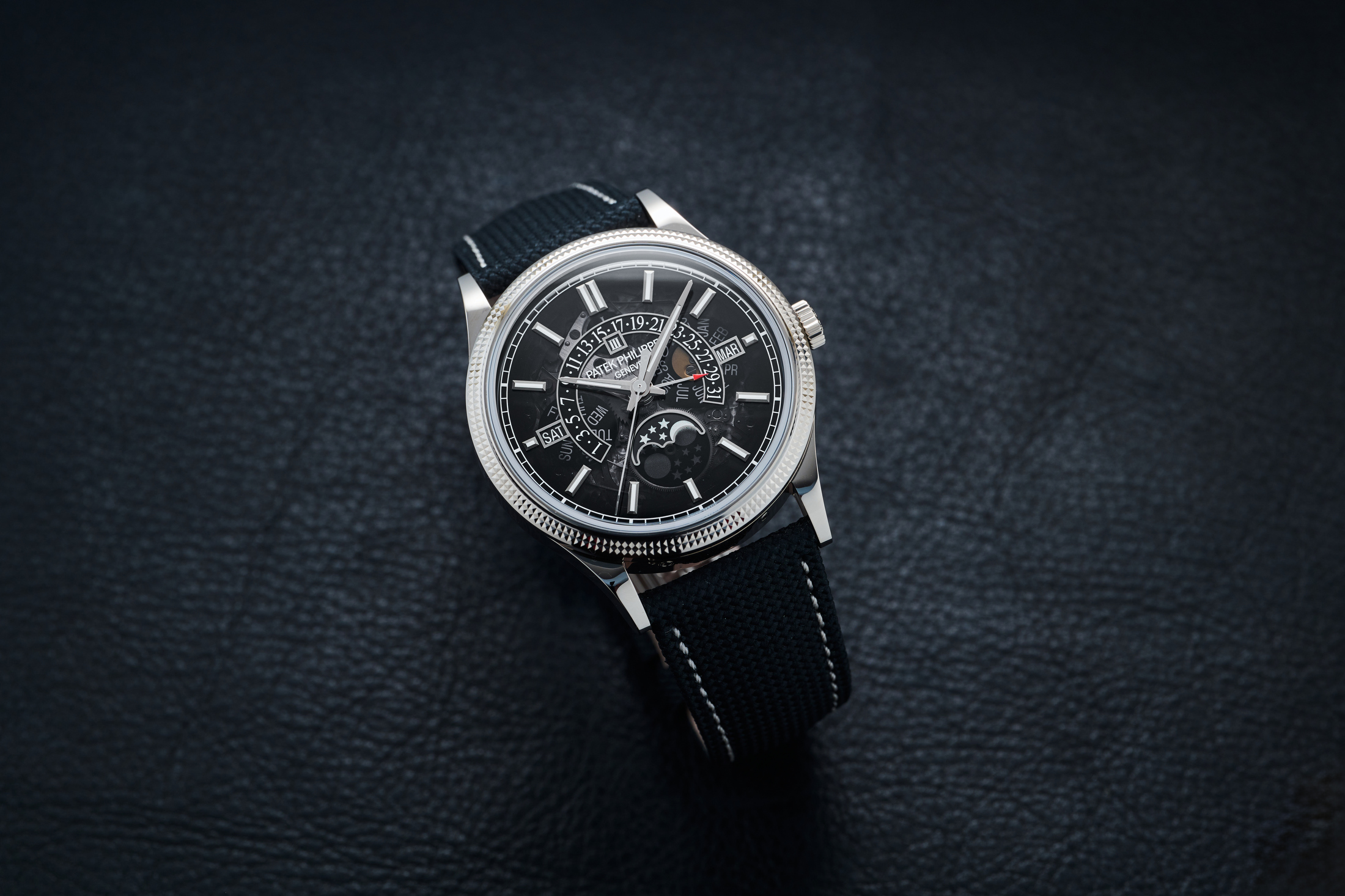
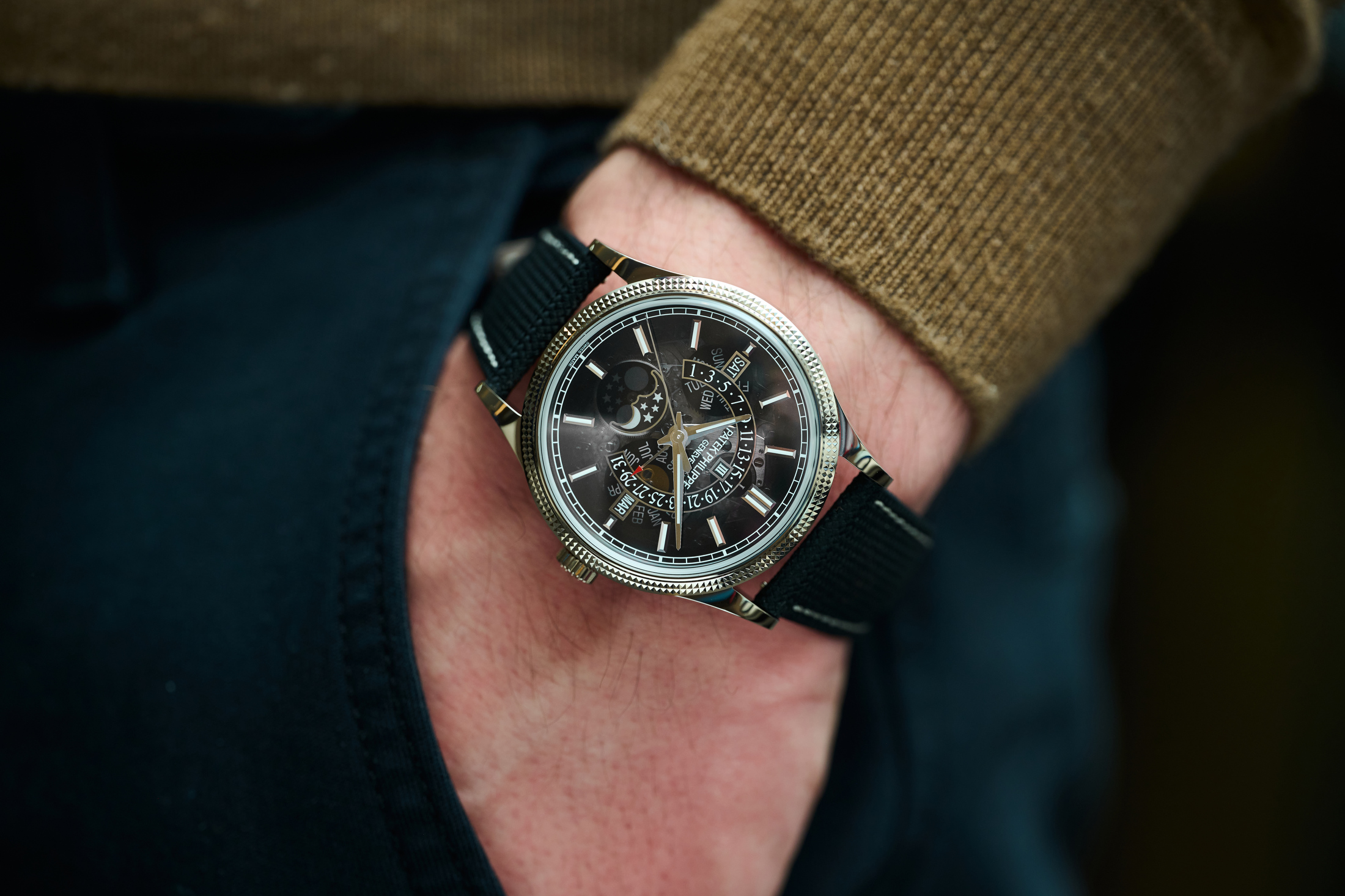

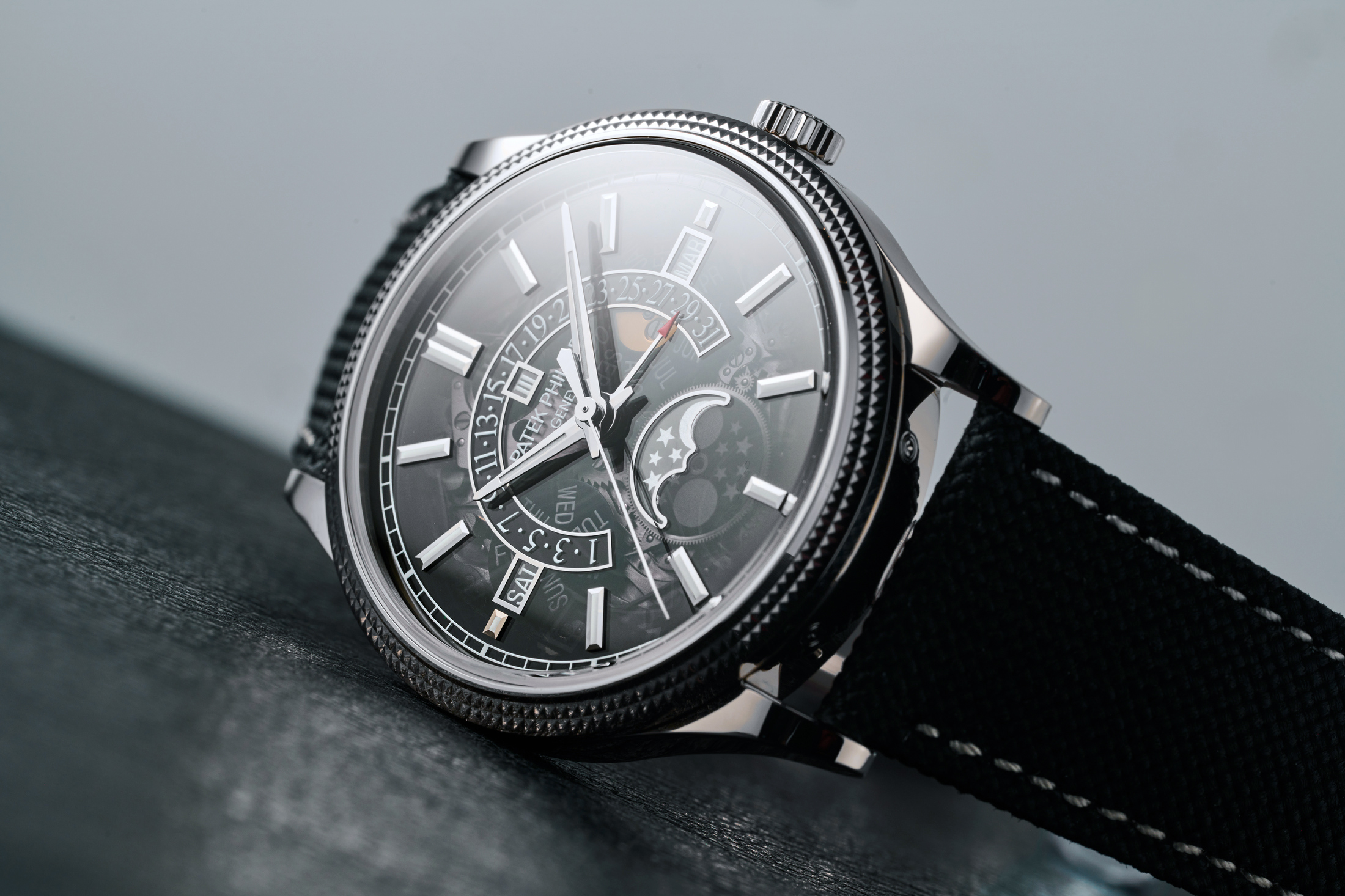
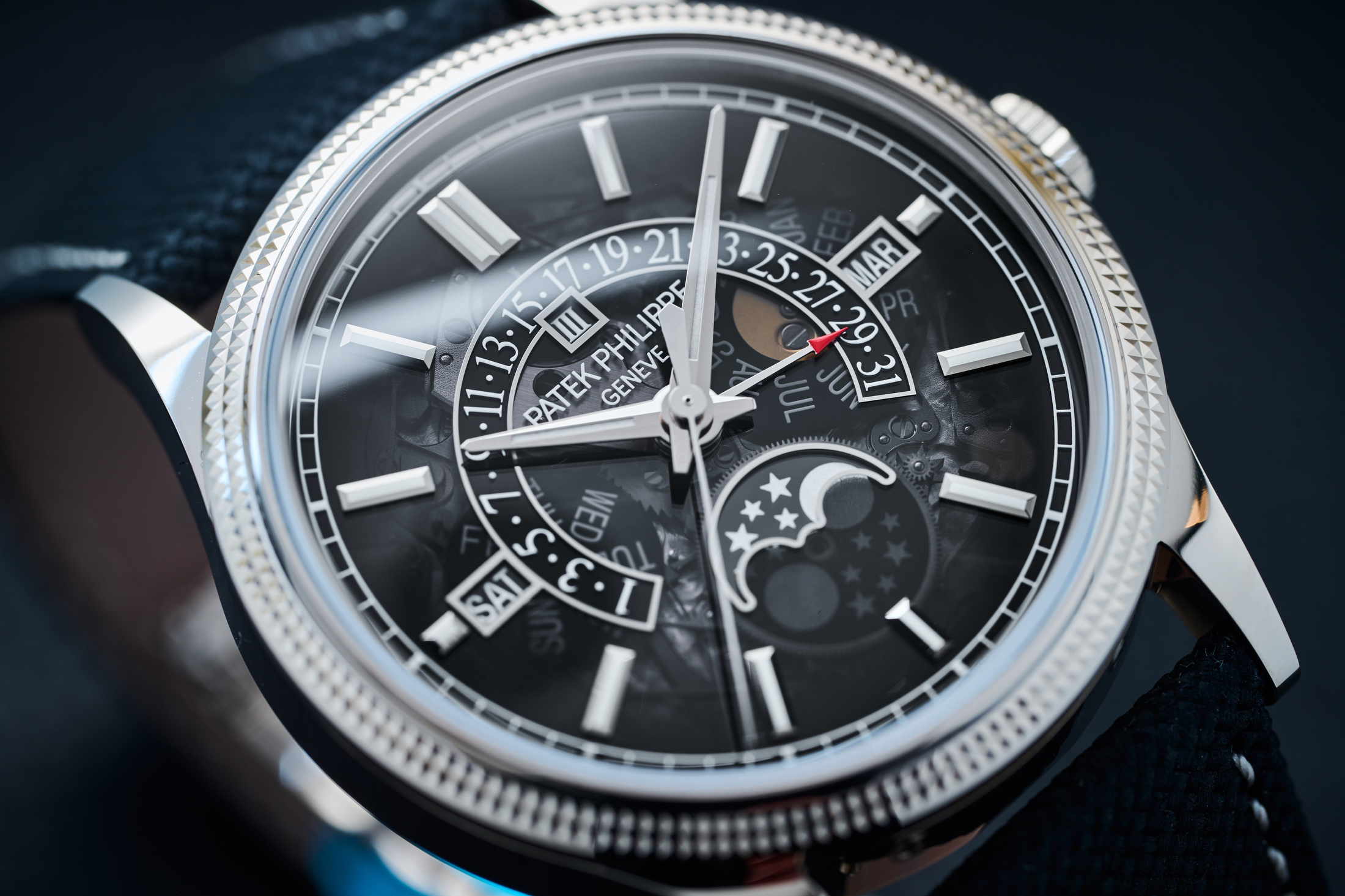
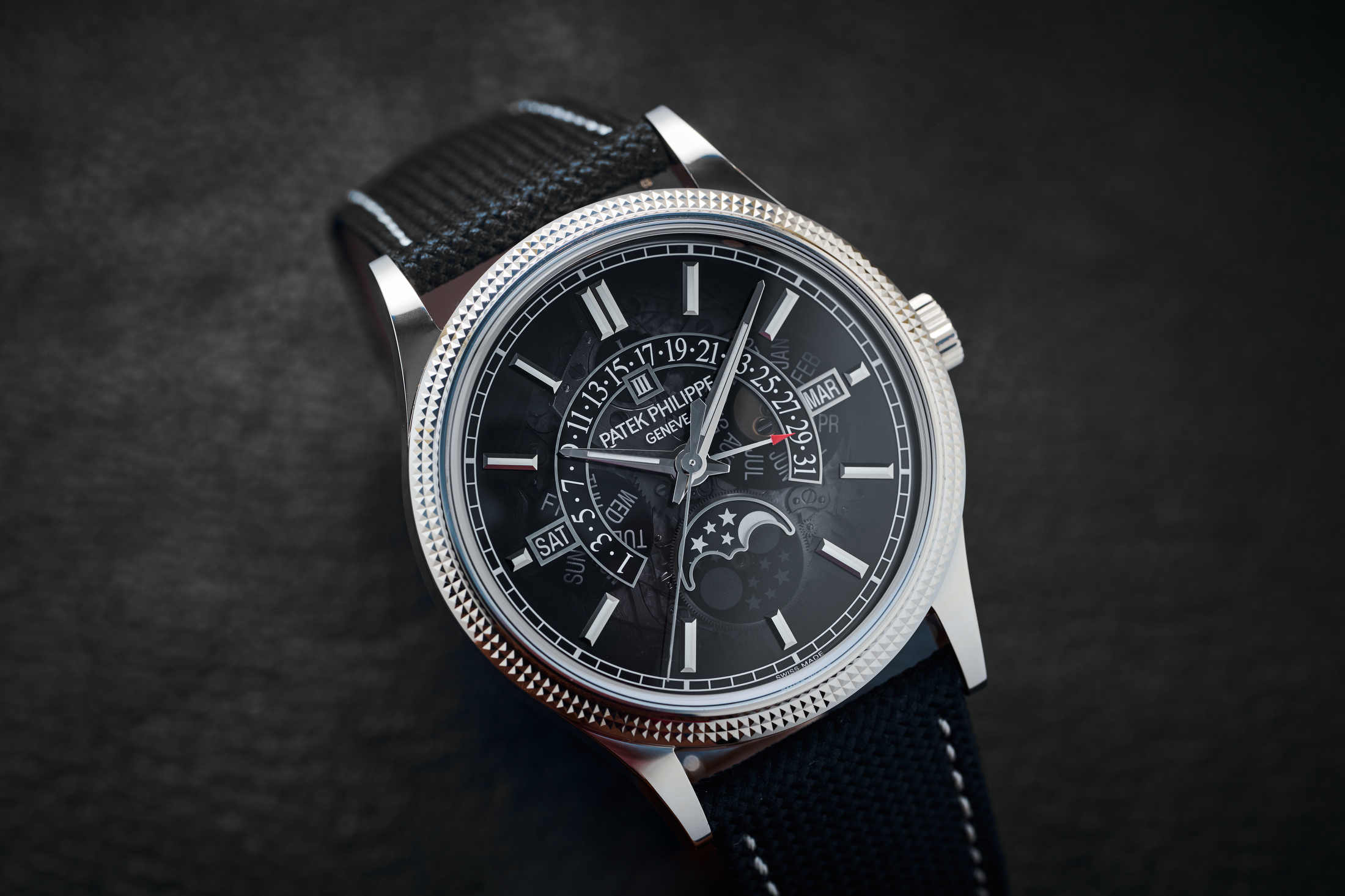
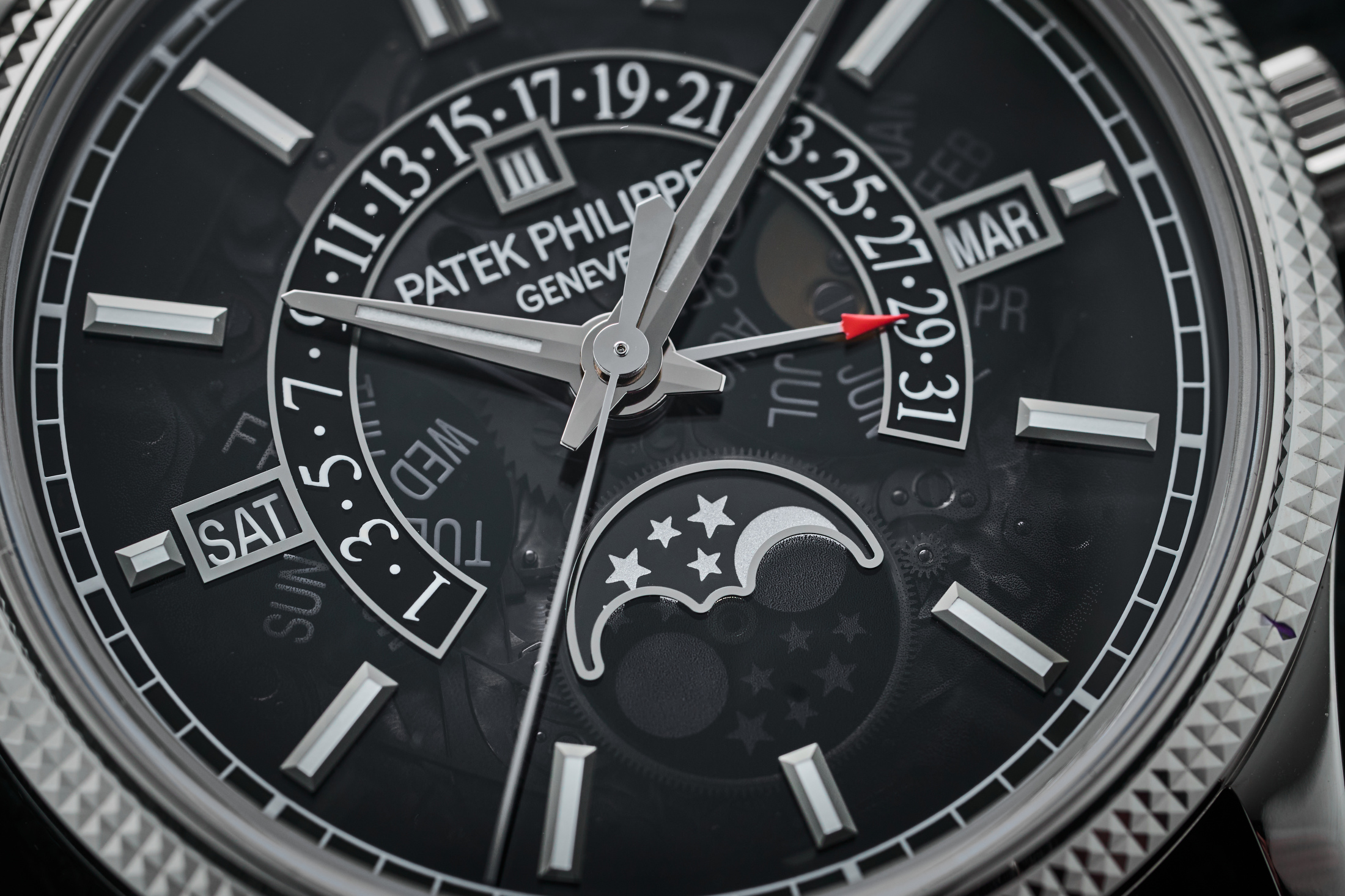
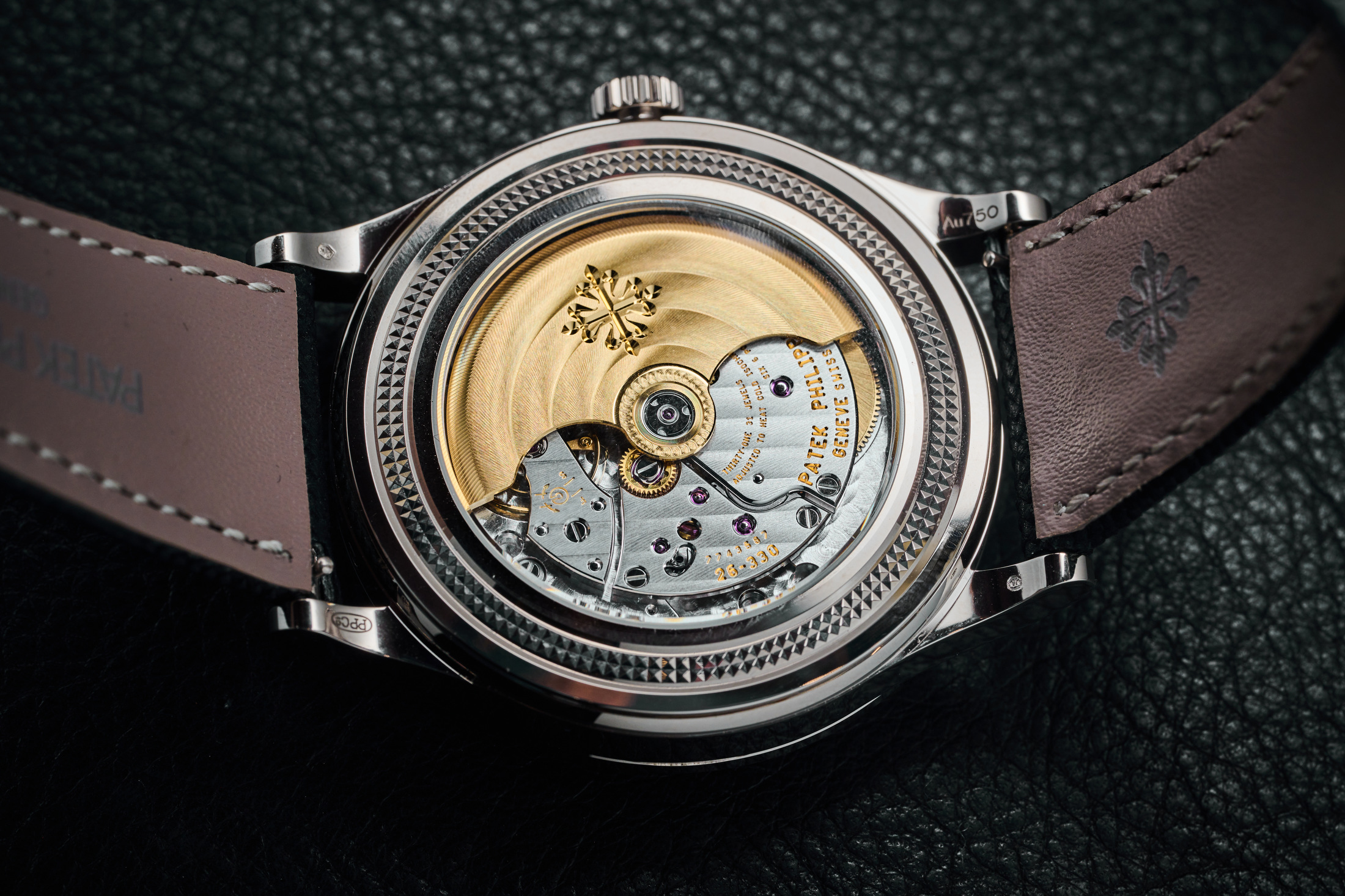

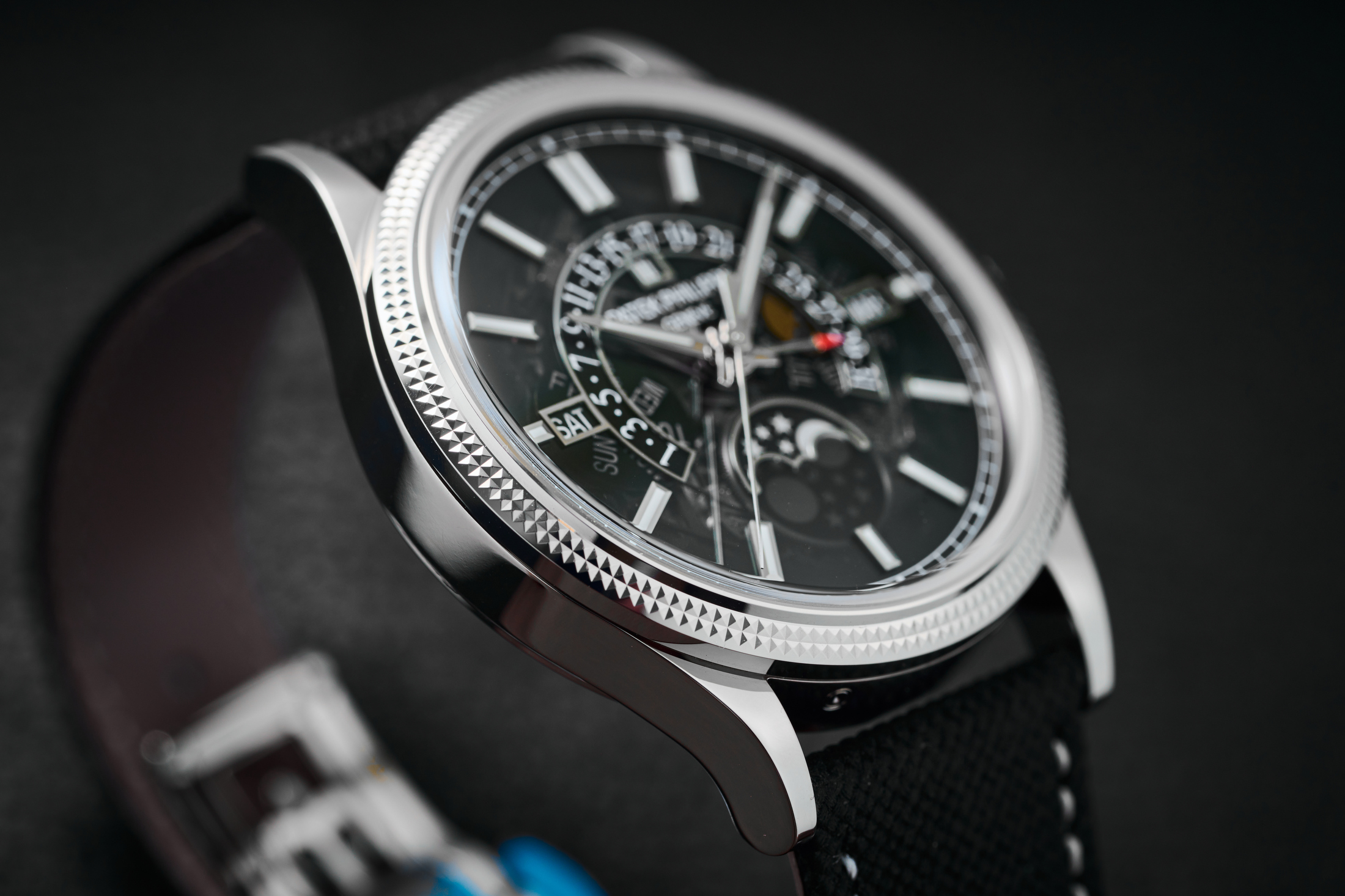
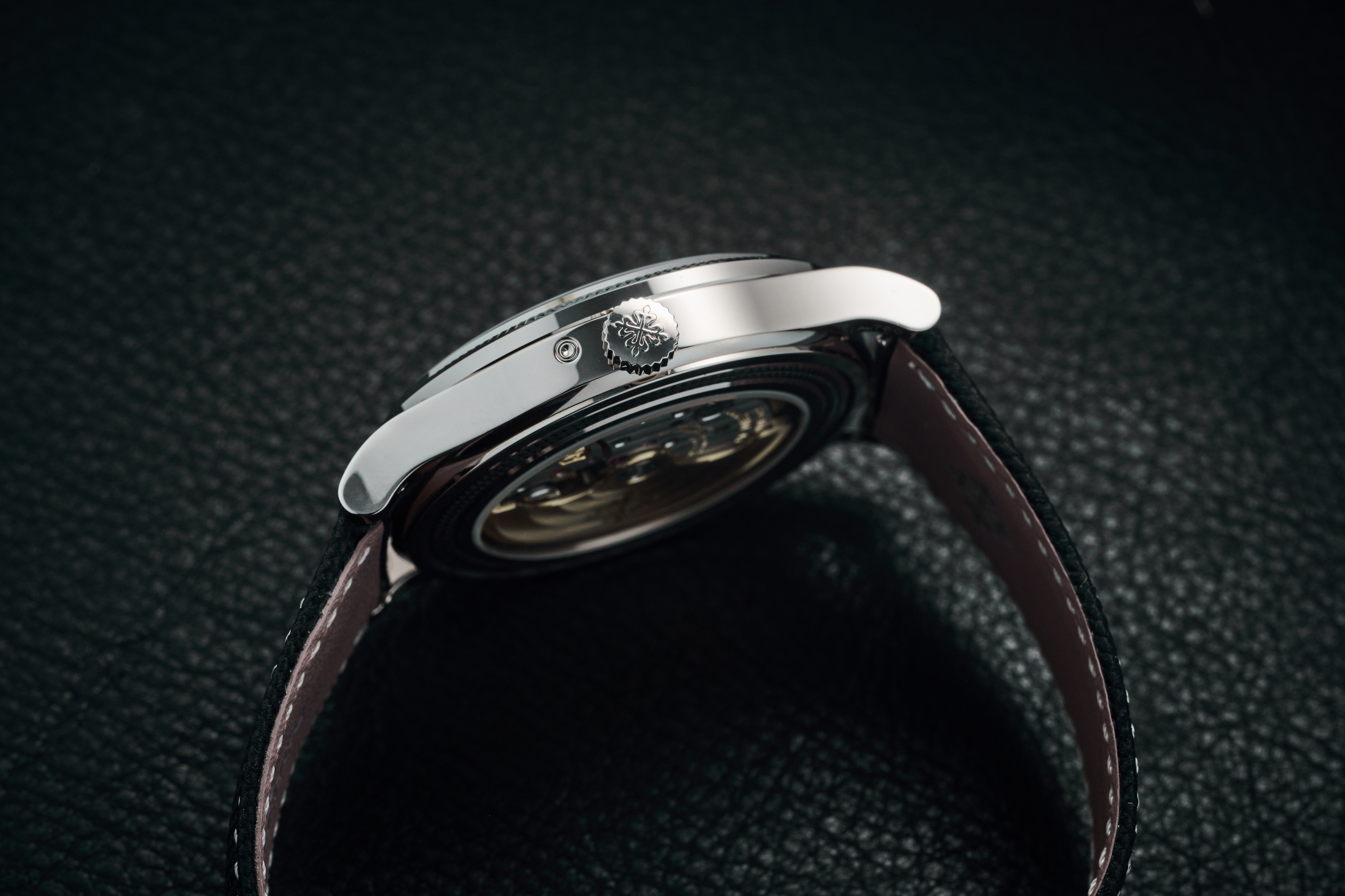
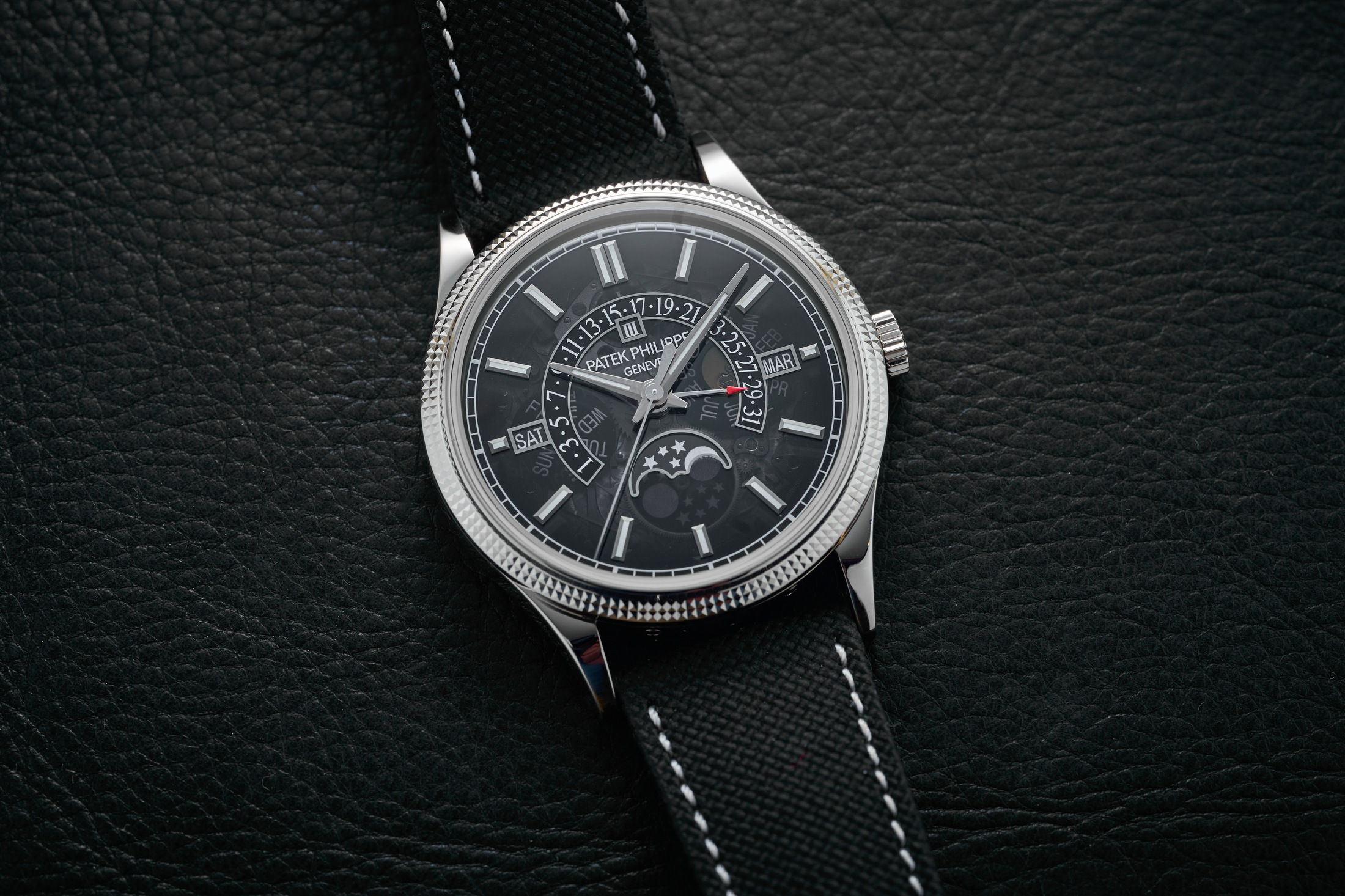









Top Discussions
Introducing Blancpain Fifty Fathoms Automatique 42mm – Now In Steel
Editors' Picks Our Favorite Watches From Watches And Wonders 2025
Hands-On Patek Philippe Ref. 6159G Perpetual Calendar Retrograde Date